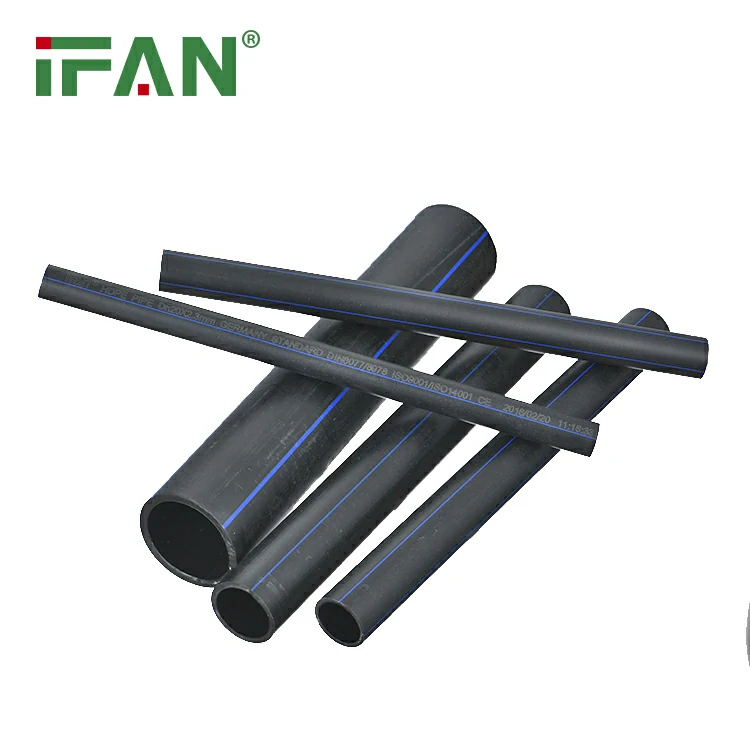Introduction to HDPE Pipe
HDPE pipe is made from high-density polyethylene, a durable and flexible thermoplastic material.
It is widely used in water supply, drainage, and gas distribution systems.
Engineers often prefer HDPE pipes for its chemical resistance, flexibility, and low maintenance.
A key question asked is whether HDPE pipe is truly waterproof.
Understanding this property is vital when choosing it for fluid transport systems.
Let’s explore the waterproof characteristics of HDPE pipes in detail.
Defining Waterproof in Pipe Materials
“Waterproof” means that water cannot pass through the material or joints.
This includes resistance to leaks, seepage, or external water penetration.
For pipe systems, waterproofing is essential to prevent loss of fluids and external contamination.
A pipe is waterproof only if both the material and joints resist water infiltration.
HDPE pipe meets this standard in most applications when correctly installed.
Its seamless or welded connections improve its waterproofing ability.
Material Properties of HDPE
The polymer structure of HDPE resists moisture penetration under high pressure.
It has a non-porous surface that blocks water molecules effectively.
HDPE pipes can carry water, sewage, or chemicals without internal corrosion.
It does not absorb water, unlike some porous plastics or concrete materials.
Tests confirm HDPE’s low water absorption rate, usually below 0.01%.
This makes HDPE pipes ideal for underground or underwater installations.
Jointing and Sealing Technology
The waterproof nature of HDPE pipe depends heavily on jointing methods.
Butt fusion and electrofusion are the most common joining techniques.
These methods create a uniform, leak-free bond along the pipe.
Unlike glued PVC systems, HDPE pipe joints become part of the pipe itself.
The result is a continuous, watertight pipeline with minimal failure risk.
Correct jointing is essential for ensuring long-term waterproof performance.

Real-World Application Examples
HDPE pipe is widely used in municipal water distribution systems.
It is also common in flood control and irrigation projects.
In mining, HDPE pipe transports slurry and groundwater over long distances.
These applications require absolute waterproof performance over years of use.
In a coastal city in Japan, HDPE pipe was used under the seabed.
The pipe resisted saltwater, pressure, and movement without leakage or corrosion.
Environmental Resistance and Durability
HDPE pipes remain waterproof even under harsh environmental conditions.
It resists UV rays, temperature changes, and soil chemicals effectively.
In freezing climates, HDPE pipes maintain flexibility and integrity without cracking.
Its strength and elasticity prevent splitting during ground shifts or floods.
For buried or submerged installations, HDPE pipes outperform concrete or metal alternatives.
These advantages support its reputation as a reliable, waterproof solution.
Limitations and Potential Risks
Although HDPE pipe is waterproof, poor installation can lead to leaks.
Improper fusion welding or misalignment can create weak joints.
Damage during transport or handling may cause hidden cracks.
External punctures from construction equipment can break the waterproof seal.
Routine inspection and proper training reduce these risks significantly.
Using certified materials and experienced installers is highly recommended for critical applications.
Final Verdict: Is HDPE Pipe Waterproof?
Yes, HDPE pipe is waterproof under normal and extreme conditions.
Its material composition, jointing methods, and durability ensure leak-free performance.
From potable water to stormwater systems, HDPE pipes deliver excellent protection.
Proper installation and design are key to maintaining its waterproof capabilities.
With these precautions, HDPE pipes offer a long-lasting, efficient piping solution.
Engineers and builders trust HDPE for safe, watertight infrastructure worldwide.

